
If you’re considering planting fennel in your garden this year, you should probably reconsider. Even though every part of the plant is edible and delicious, planting fennel in your garden is not a great idea. You may come to regret it. But you should definitely grow fennel.
Are you confused yet?
Yeah, well, we’re talking about fennel here.
Fennel tends to be one of those intimidating vegetables that leave many scratching their heads. We see it in seed catalogs and quickly pass over it on our way to more familiar veg. You may find yourself standing in front of a produce display of creamy white bulbs and think, “What the heck do you do with these things?”
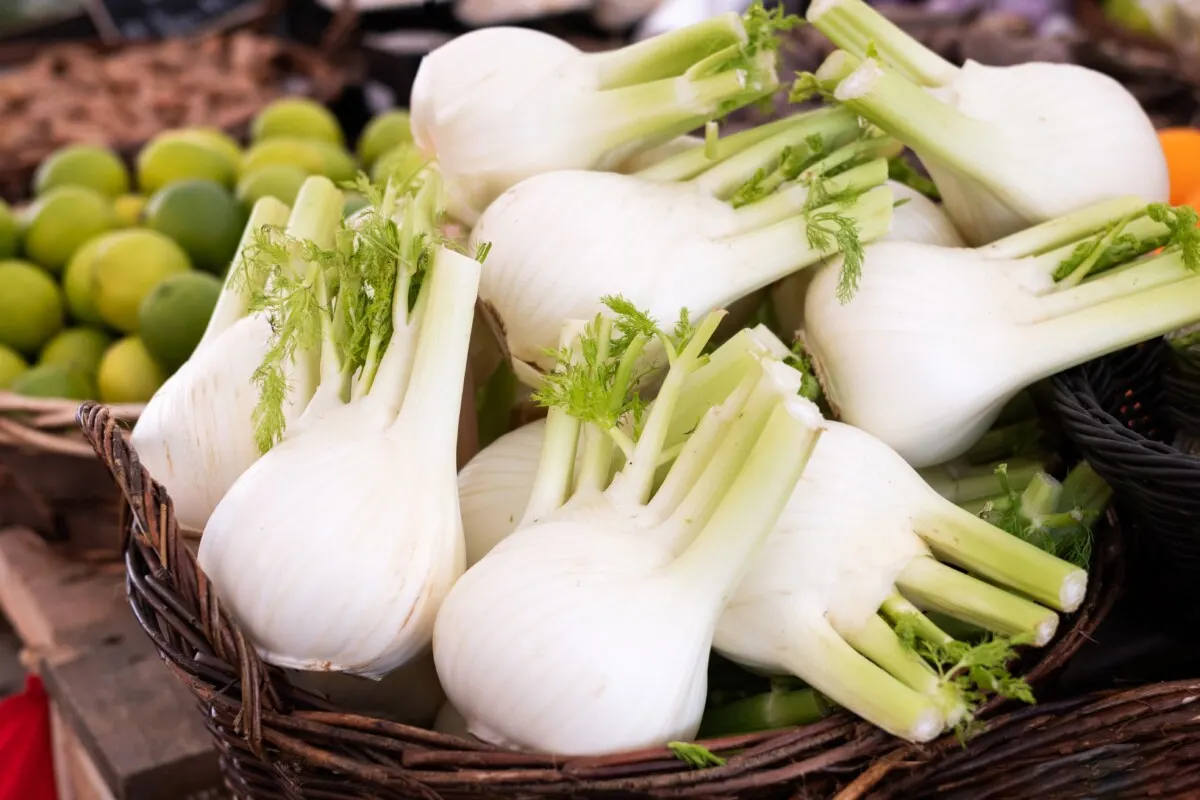
What Is Fennel?
Fennel is a biennial or perennial member of the Apiaceae family. You’re probably more familiar with other members of this family – carrots, celery and parsley. Native to southern Europe, fennel is naturalized in northern Europe, Australia and parts of North America. But gardeners all around the world enjoy growing it in their gardens.
Two types of fennel are typically grown –
Florence fennel or F. vulgare var. azoricum is grown for the white bulbs and green stalks.
Common fennel, Foeniculum vulgare, which is grown as a fragrant herb for its fronds and seeds, is the variety that’s naturalized in some areas in the states.
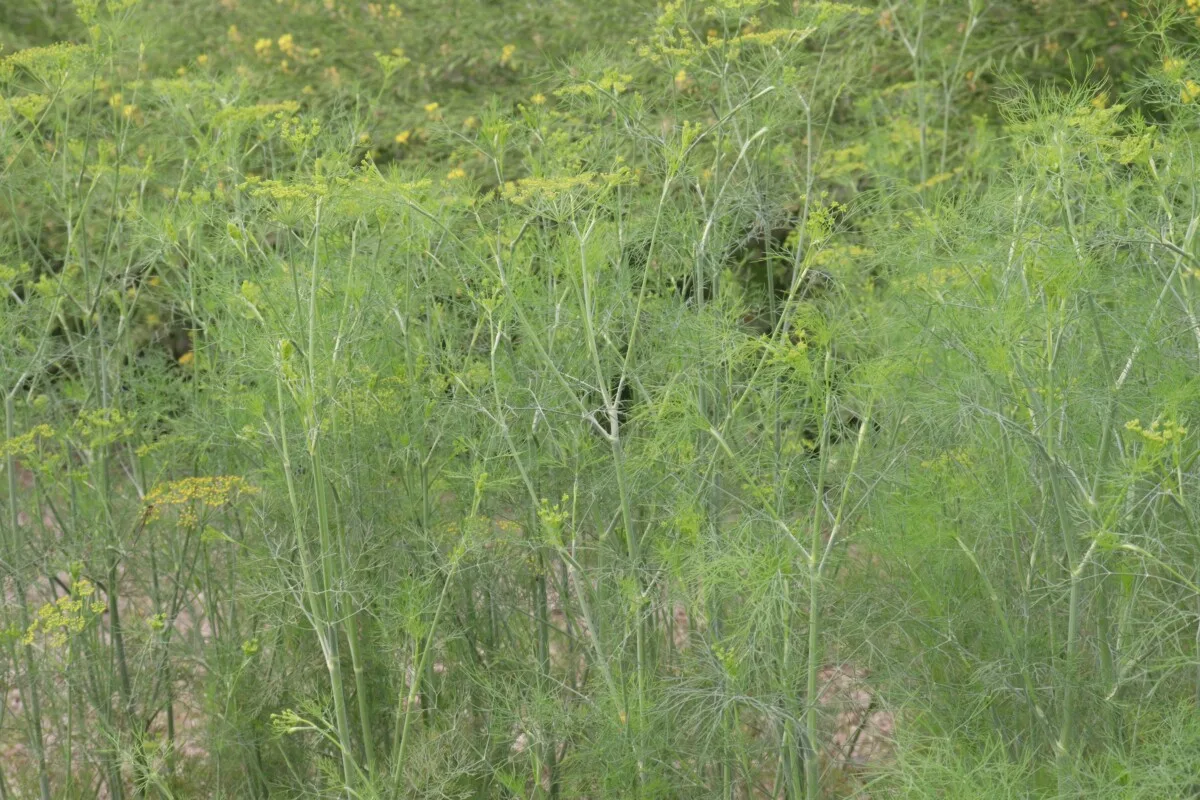
What Does Fennel Taste Like?
Fennel has a mild anise or black licorice flavor. Now, before you go making that face, it’s not punch-you-in-the-face black licorice. It’s much softer and more fragrant. The flavor is delicate, but changes in intensity depending on what part of the plant you’re eating and how you cook it.
Fennel pairs wonderfully with garlic, lemon, black pepper or thyme. Its subtle anise flavor makes it the perfect accompaniment to slightly acidic fruits and milder-tasting vegetables. And as for meats, fennel is lovely with chicken, sausage and fish.
The delicate fronds tend to be sweeter and add flavor when tossed into salads, added to dips and pestos or with vegetables. It’s marvelous in pickles and homemade slaws.
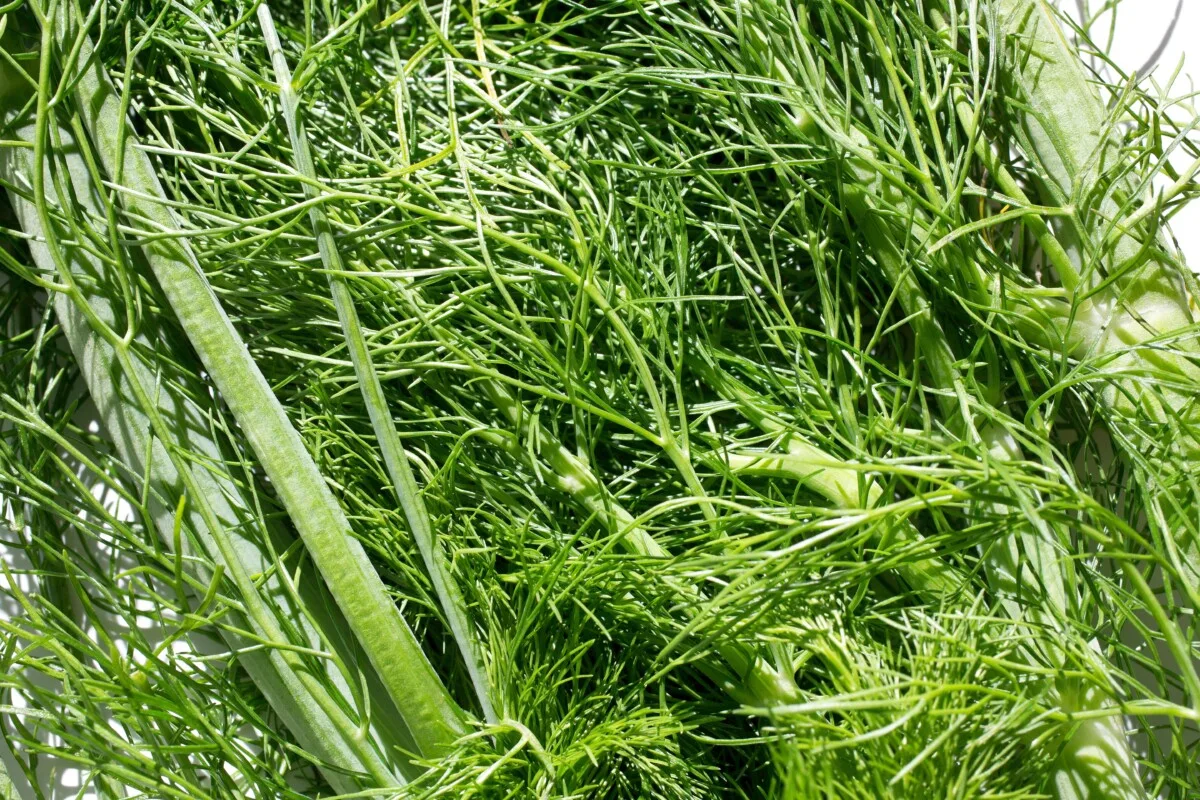
The stalk, almost celery-like in texture, is crunchy and delicious raw or cooked. Chop it up like celery and throw it in your next recipe calling for a mirepoix. Roast or sauté it to caramelize the natural sugars and bring out the sweetness.
The bulb is made up of layers, much like an onion or cabbage. When sliced in half, it’s beyond marvelous grilled or roasted, again caramelizing the natural sugars to enhance the delicate anise flavor.
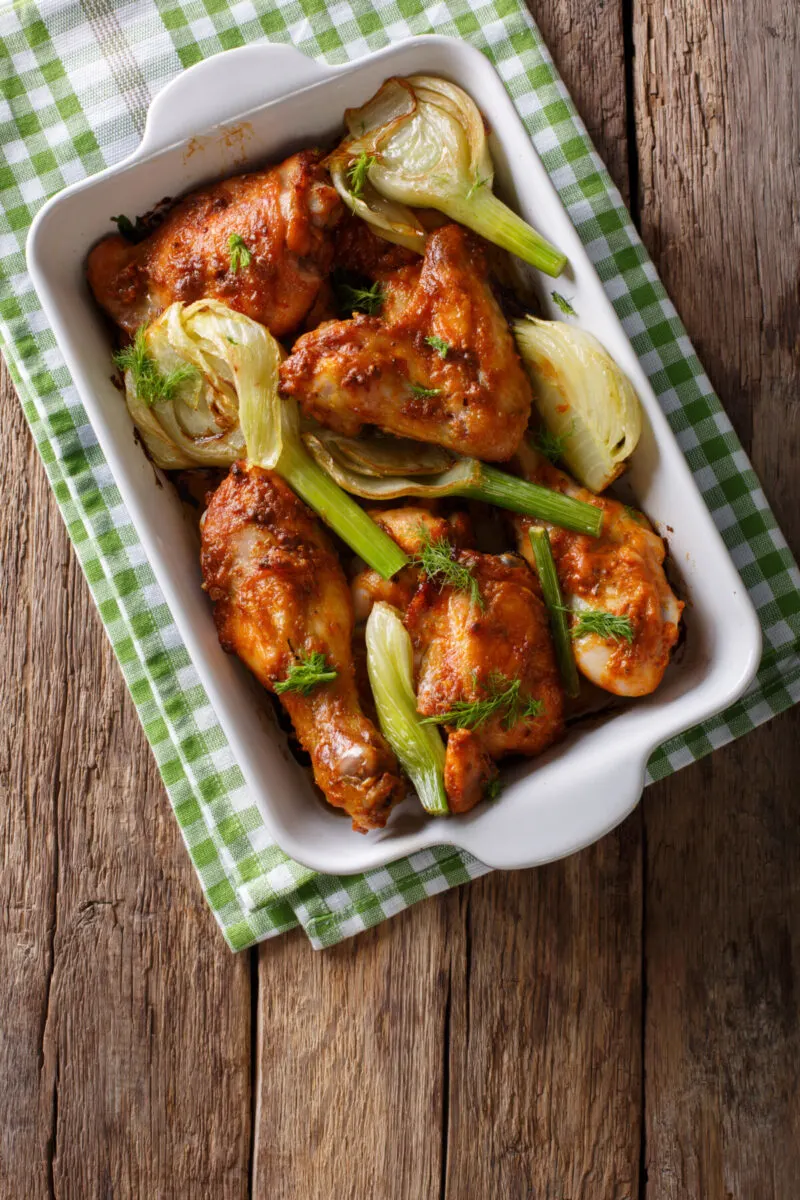
I’ve recently discovered fennel pollen, and it’s my new favorite ingredient in everything from homemade pizza to craft cocktails.
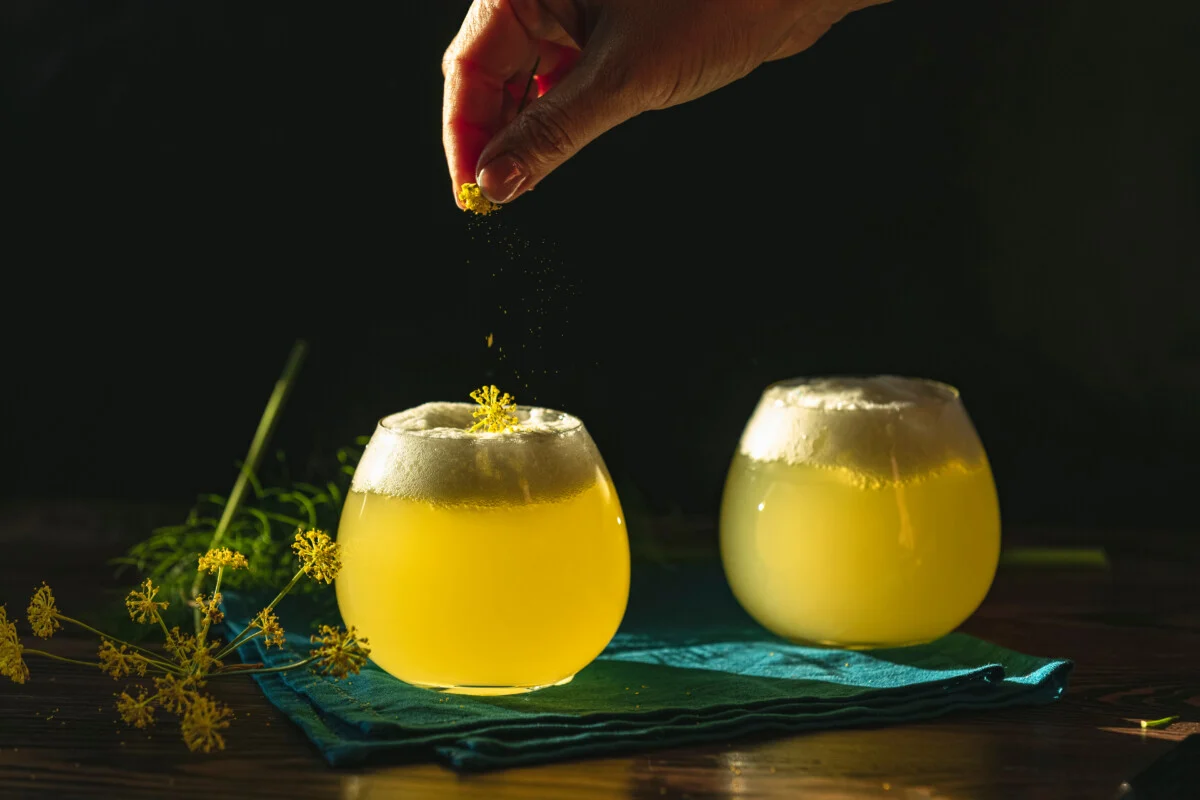
Okay, this doesn’t sound bad, Tracey. It actually sounds pretty good. Why am I not growing it in my garden?
Why You Shouldn’t Plant Fennel In Your Garden
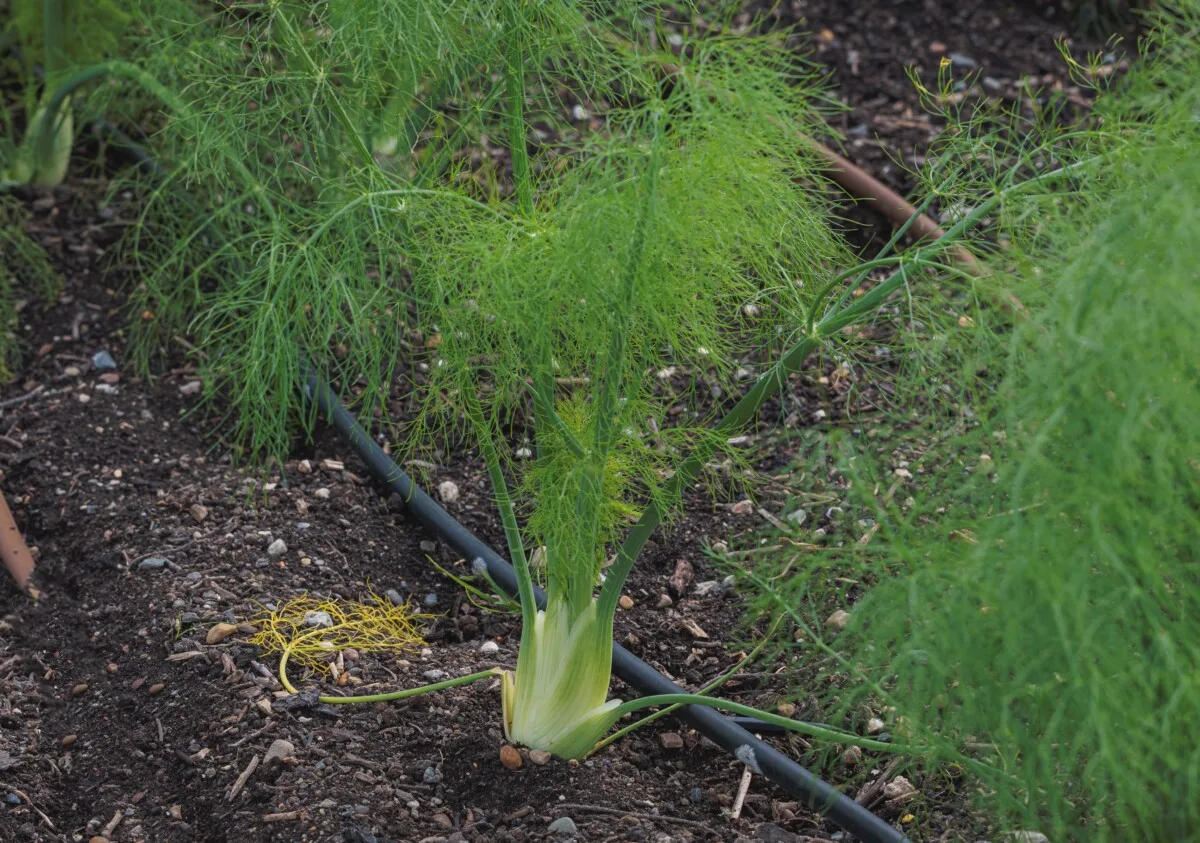
Now that I’ve made a case for fennel, let’s discuss its dark side. If you’ve ever perused companion planting guides, you may have noticed fennel is missing. That’s because fennel doesn’t have any friends in the garden. It’s an allelopathic plant.
Wait, so you’re saying fennel can read my thoughts?
Yeah, that’s telepathy, so no. What I am saying is that fennel is one of many plants that produce allelochemicals. Allelochemicals are naturally occurring biochemicals produced by certain plants that have a positive or negative effect on nearby plants.
Allelopathy is nature’s way of giving some plants a competitive edge. Sometimes, an unfair advantage.
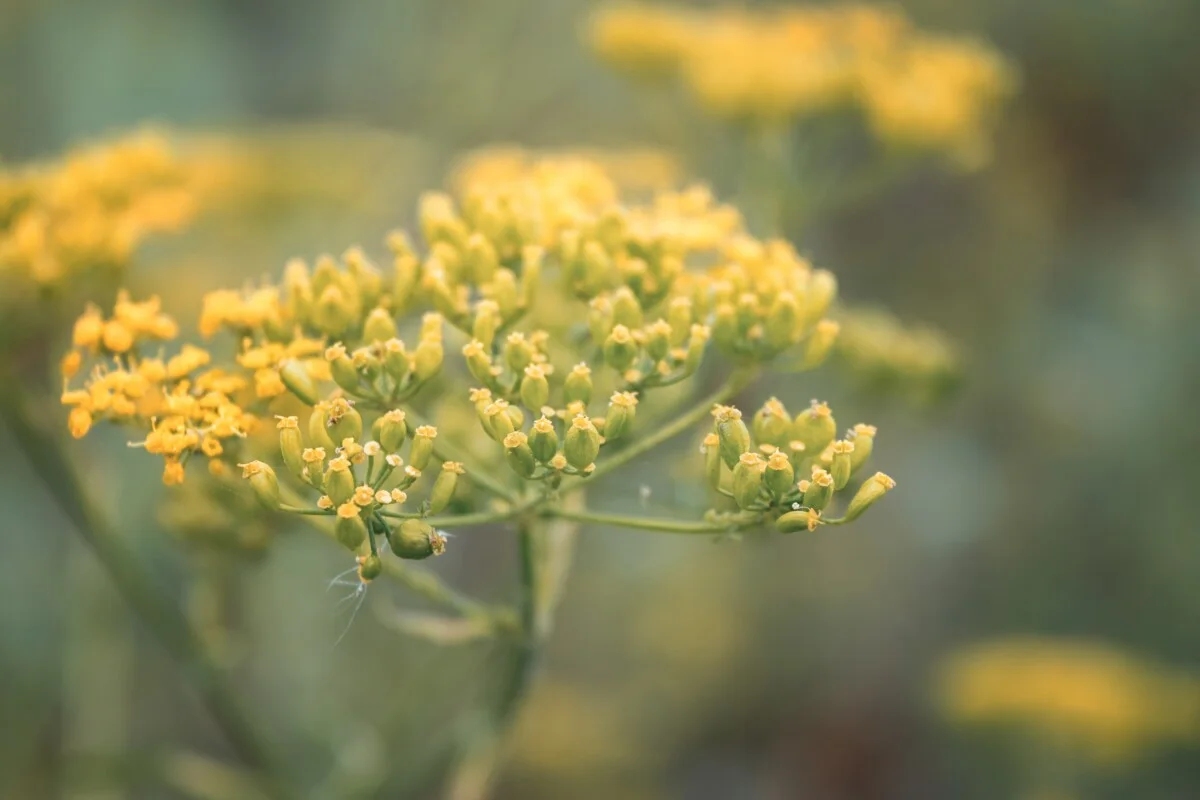
Plants secrete allelochemicals through their roots, leaves, seeds, etc. In negative allelopathy, these chemicals suppress the growth of neighboring plants by preventing germination and can even inhibit them from taking up nutrients.
Many of us drink allelopathic chemicals every day.
I know I do. I have to start each morning with a cup of coffee. Yup, caffeine released by coffee trees suppresses the growth of neighboring plants. (It’s one of the reasons you shouldn’t use coffee grounds in your garden.)
Guess who else is a negative allelopathic plant?
Yup, our buddy fennel.
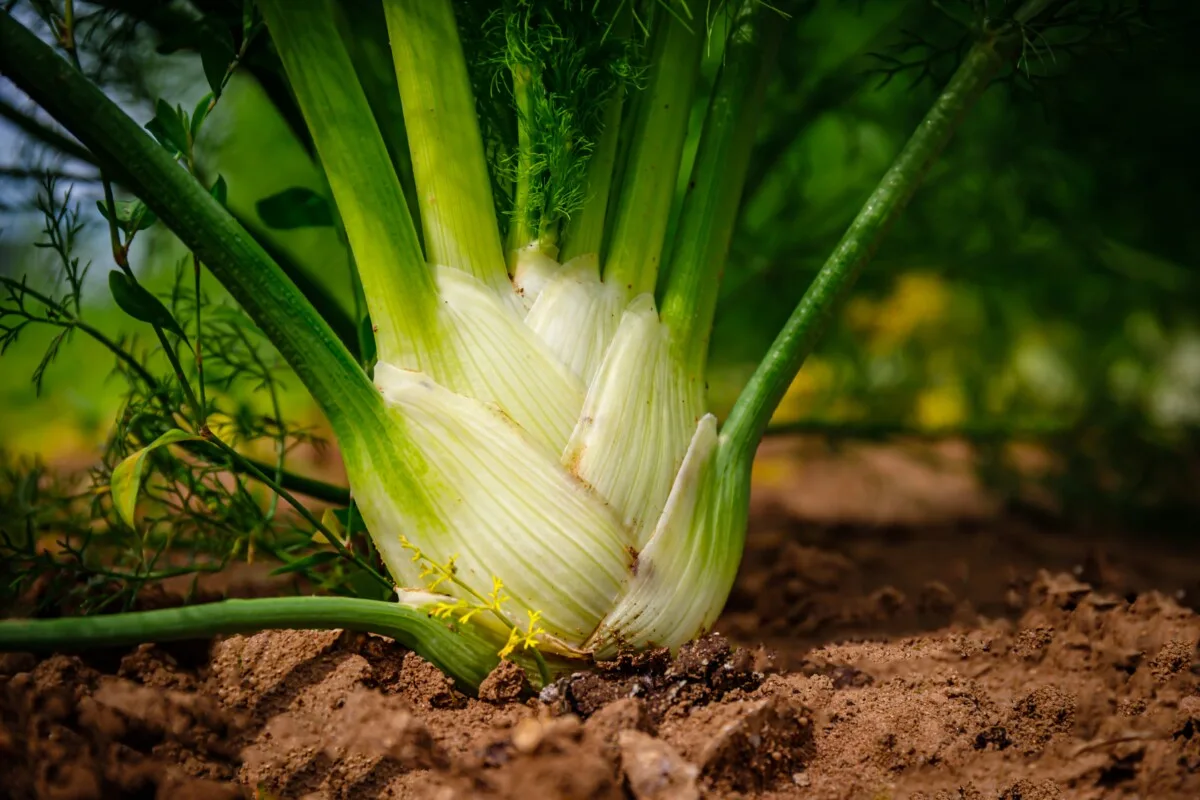
Fennel does not belong in your garden, especially near nightshades – tomatoes, peppers, potatoes and eggplants. It’s very good at being bad. Foeniculum vulgare, the one grown as an herb, has become a real problem in California, where it’s considered invasive as it outcompetes native plants. Most cultivated varieties of Florence fennel aren’t the problem, just this specific species from southern Europe.
However, it does underscore the fact that many invasive species are also allelopathic.
(I’m looking at you, garlic mustard, the tastiest invasive plant you’ll ever eat.)
Fennel’s allelopathic chemicals are so aggressive that it even has potential as an all-natural weed killer. A team of researchers used fennel seed extract on four common weeds, including our beloved dandelions, and it worked extremely well.
“The inhibitory effect of the extract at 0, 2.5, 5 and 10% (i.e., g amounts of original extract in 100 ml distilled water) on germination and seedling growth of four weeds, perennial ryegrass (Lolium perenne), wild barley (Hordium spontaneum), oat (Avena ludoviciana) and dandelion (Taraxicum officinalis), were tested.”
“At 10%, none of the tested weeds germinated.”
(Research Gate – Allelopathic Potential of Fennel (Foeniculum vulgare Mill.)
It did well at the lower concentrations too. That’s great news if you want a weed killer. It’s not great news for the vegetables in your garden unlucky enough to be planted near your fennel. While it should be noted that although common fennel was used in this research, all fennel is allelopathic.
But despite all this, I hope you’ll grow fennel anyway because it’s a wonderfully underrated vegetable that’s incredibly versatile in the kitchen.
How to Grow Fennel Without Harming Nearby Plants
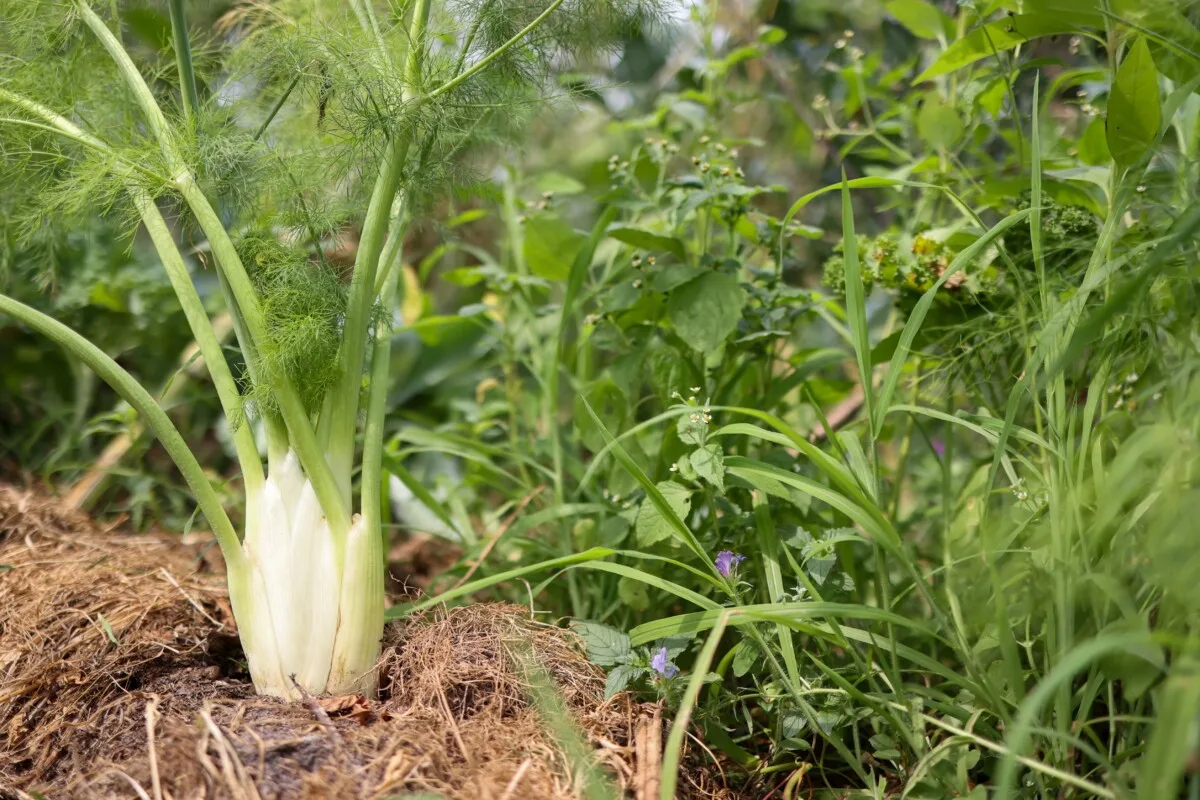
As I said, you should give fennel a try. Just not in your garden. Or, if you do, grow it in a corner by itself, several feet away from other plants. You’ll want to keep your nightshades well away from your fennel, and dill planted too closely can cross-pollinate with fennel leading to some wonky-tasting hybrids.
Sun, Water & Soil Requirements
Fennel needs full sun for at least six hours a day. It does best if the soil is consistently moist, but will develop rootrot if it’s too wet. A nice loamy soil that’s well-draining is just the ticket. Add some compost, and you’ll have a happy little allelopathic plant.
Keeping the soil moist will prevent the bulbs from becoming bitter or bolting, so water often during periods with little rain.
Zones 7 and higher can grow fennel as a perennial, but the cooler zones, 6 and below, will need to treat fennel as an annual.
Fennel should be direct-sown after the soil has warmed and all danger of frost has passed. You can start fennel indoors, but it has delicate roots and doesn’t transplant well unless you do so without disturbing the roots.
The best way to grow fennel is in a container where it isn’t sharing soil with other plants. Containers dry out quicker, so be sure to check the soil moisture daily.
Florence fennel is ready to harvest after 60 days, but the bulbs can be picked and eaten at any size.
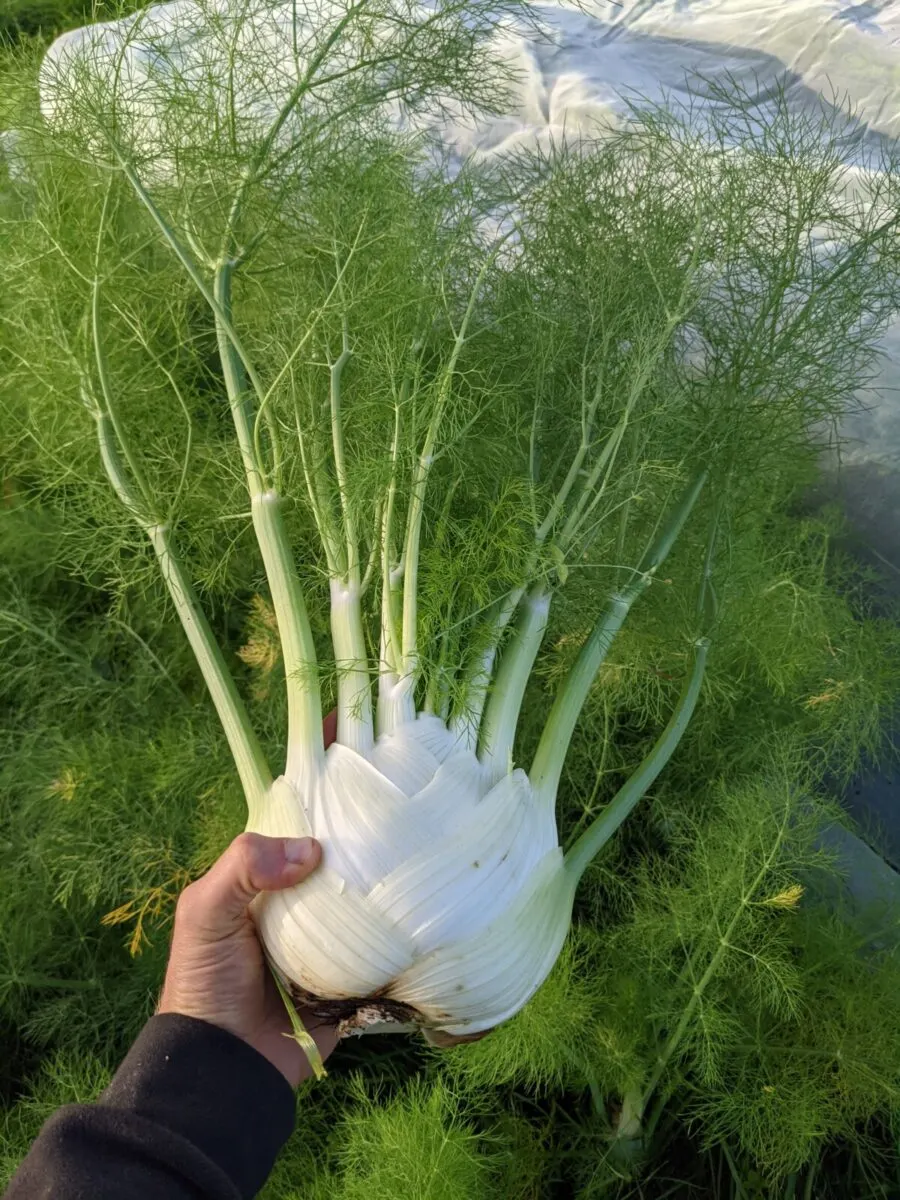
If you’re growing fennel for the bulbs and stalks, it tastes best when harvested before it flowers. You can harvest the fronds at any time.
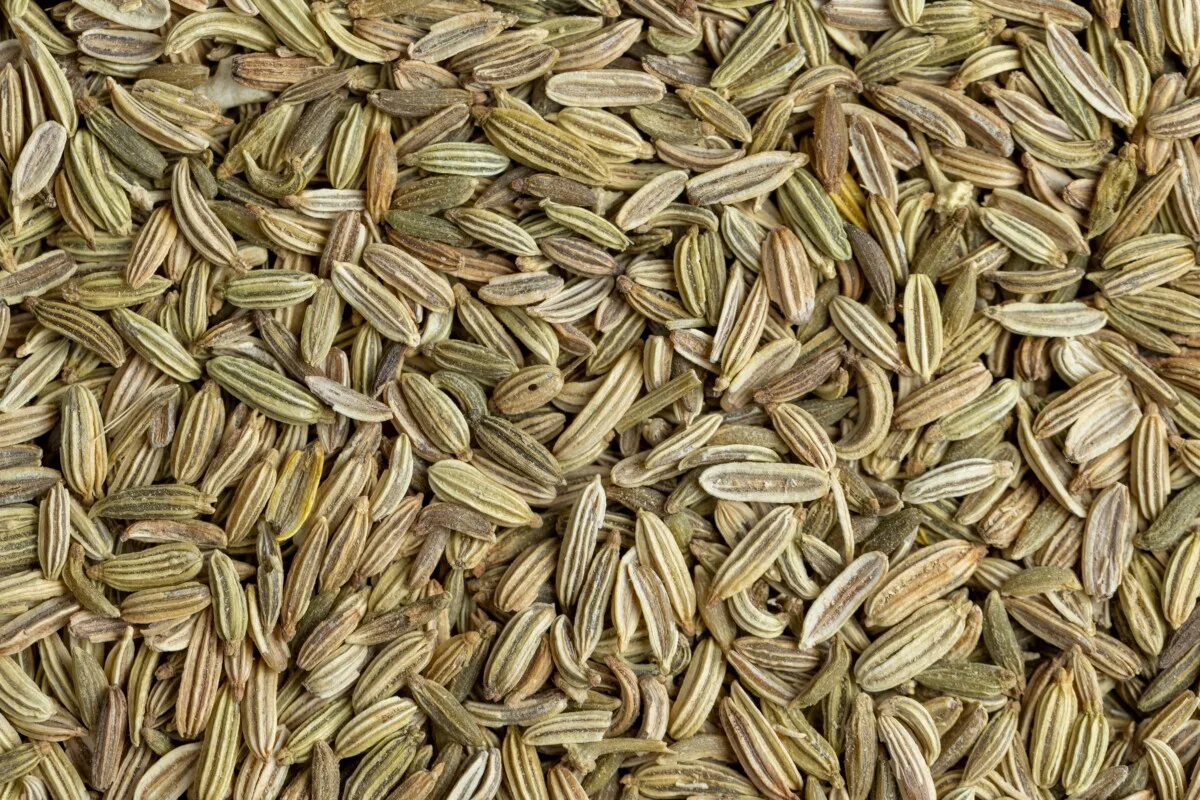
To enjoy the seeds, wait until the flowers fade, then snip the umbels from the stem. Let them dry in a well-ventilated place. Place the dried umbels in a paper bag and shake. Remove the now empty umbels and store the seeds in a sealed container.

Get the famous Rural Sprout newsletter delivered to your inbox.
Including Sunday musings from our editor, Tracey, as well as “What’s Up Wednesday” our roundup of what’s in season and new article updates and alerts.

